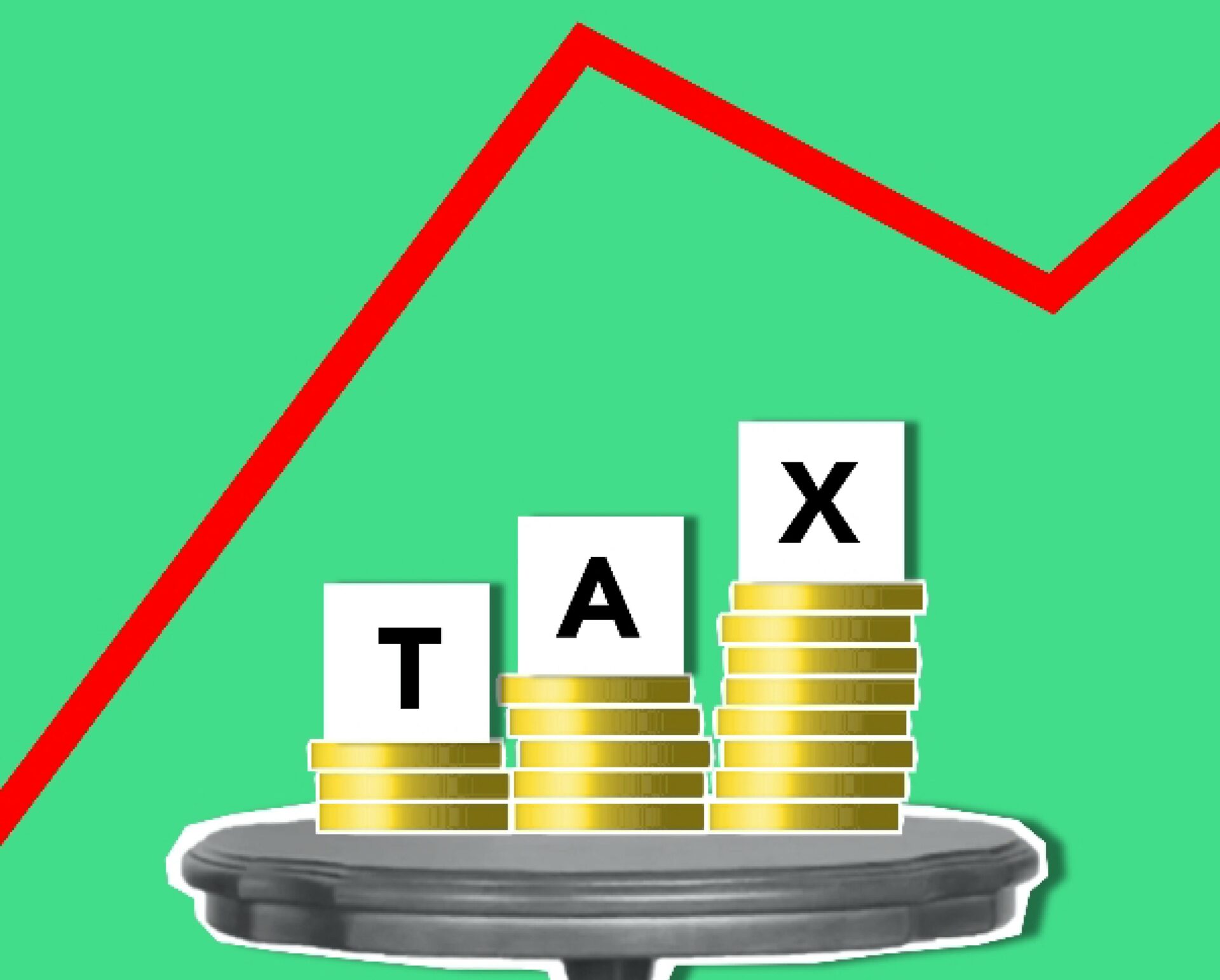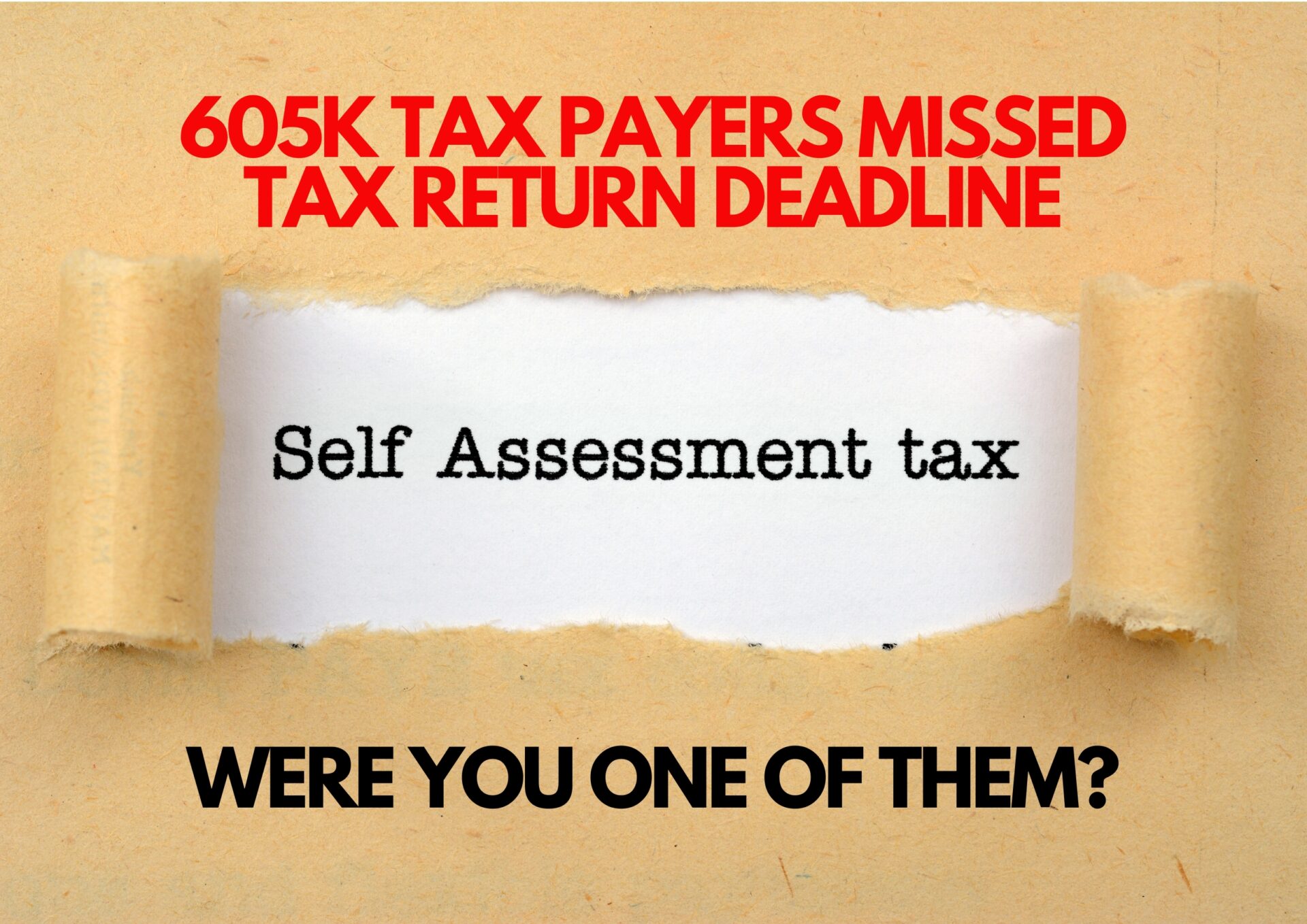From April 2023 onwards, the main rate of Corporation Tax will rise from 19% to 25%. Although the current 19% rate will still apply if your profits are £50,000 or less, your company will pay more tax on profits above this level.
In the simplest terms the new rates will be as follows:
- Profits below £50,000 will be taxed at 19%
- Profits between £50,000 and £250,000 will be taxed at 26.5%
- If a company makes profits over £250,000 then the whole amount will be taxed at 25%. Including the amounts below £250,000
As this rate comes into effect from 01/04/23 it means that all businesses with a year end after 01/04/23 will have an element of their profits taxed at the new rates.
What is Corporation Tax?
All UK companies must pay Corporation Tax on the profits they generate.
The profits of non-incorporated businesses (sole traders, partnerships) are taxed via Self-Assessment, not the Corporation Tax process.
How Does It Work?
Companies or organisations subject to corporation tax with profits over £50,000 are taxed at 25%, but any profits below £250,000 are reduced through the marginal relief mechanism.
To calculate marginal relief the following formula is used.
- (Upper Limit – Profits) x Basic Profits ÷ (Profits x MSCR fraction).
- The upper limit is £250,000.
- Basic profits are the company’s trading profits and/or gains.
- Profits are the basic profits and Franked Investment Income, which is usually dividends from other companies.
- The MSCR fraction is the marginal relief corporation tax fraction and is currently 3 ÷ 200.
For example
If a company’s profits are £75,000 and there is no Franked Investment Income, the tax calculation is (£250,000 – £75,000) x (£75,000 ÷ 75,000) x (3 ÷ 200) = £2625.
To calculate this in stages, the following applies.
- The upper limit is £250,000.
- The taxable profit is £75,000.
- The taxable profit including distributions is £75,000.
- The MSCR fraction is 3 ÷ 200 = 0.015.
The full calculation is (£250,000 – £75,000) x (£75,000 ÷ £75,000) x (3 ÷ 200) = £175,000 x 1 x 0.015 = £2625.
To calculate the tax due, the corporation tax liability on £75,000 at 25% is £18750, marginal relief is £2625 and corporation tax liability after marginal relief is £18,750 – £2625 = £16,125. This gives an effective tax rate on total profits of 21.5%.
Where the accounting period is shorter than 12 months, the £50,000 and £250,000 limits are proportionally reduced. These limits are also reduced by the number of associated companies. For example, if a company has an associated company, the lower limit is reduced to £25,000 and the upper limit is reduced to £125,000. A company is an associated company if one of the companies has control of the other, or both are under the control of the same person or persons.
Marginal relief cannot be claimed by non-UK resident companies, close investment holding companies or where profits, including distribution from unrelated and unassociated companies, exceed £250,000.
Whilst the tax rate for profits below £50,000 is 19%, and the rate for profits over £250,000 is 25%, the effective tax rate for profits between £50,000 to £250,000 is 26.5%.
For example
If profits are £75,000 the tax can be calculated as £50,000 at 19% = £9500, plus (£75,000 – £50,000) at 26.5% = £6625, which equals in total £16,125.
The effective tax rate for profits between £50,000 to £250,000 is taxed at a high effective rate of 26.5%, higher than the upper rate of 25%. Consequently, it is not tax efficient to have profits between £50,000 and £250,000.
HMRC also provides a calculator to calculate the tax due where marginal relief is available. This calculator is available on the HMRC website.
How To Manage The Increase In Tax
As tax is increasing from 1 April 2023, it is prudent to plan for how to manage this. Advice should be sought on how to do this from professional. At Onyx we understand the issues facing owner-managed businesses and can prepare tax returns in a timely and efficient manner. We will also calculate your company’s tax liability and assist with the calculation of any quarterly installment payments due.
In general, profits should be obtained this year rather than next year. This is to ensure the lowest rate of tax payable is paid. Consequently, if it is possible to increase income or profit this year, steps should be taken to achieve this. Similarly, capital gains should be achieved this year rather than next year where possible. In addition, any discretionary expenditure should be deferred until the following tax year to reduce profits in the year when higher tax rates apply. Furthermore, the highest tax rate is payable on profits between £50,000 and £250,000 (see marginal relief below), so this band should be avoided if possible.
GET IN TOUCH WITH ONYX
Do you have a Corporation Tax query? Our tax team are on hand to help if you have any queries regarding information in this article. If you want to discuss further, please give us a call or e-mail us at enquiries@onyx.accountants for a FREE no obligation consultation.
Our friendly team of tax specialists are happy to help. Just drop us a line!
Call us on 0121 753 5522 or 01902 759 800. We look forward to hearing from you!





